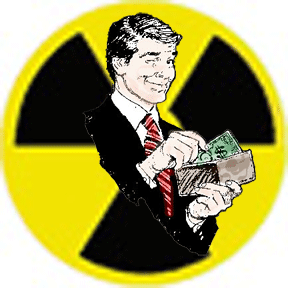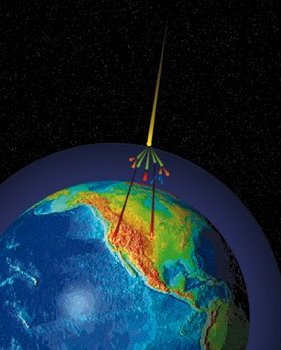I have already mentioned in several previous posts problems with TEPCO in particular and the Japanese nuclear industry in general I have covered the Fukushima disaster in March of 2011 extensively. Today I am going to delve into past problems involving Japanese companies that own and operate nuclear reactors.
In 1988, a drive controller for control rod failed at Fukushima II-4. TEPCO asked Hitachi to substitute another drive controller and to put the serial number from the failed controller on the new controller which did not undergo the usual inspection process. This incident was only reported to the Japanese government by Hitachi in 2007.
In 2002, TEPCO was involved in a scandal when a whistleblower provided information that showed that TEPCO had falsified inspection records and concealed problems at its nuclear power plants. Operation of the Fukushima I-1 reactor was suspended for a year because of falsification of a test on the seals of the containment vessel. TEPCO was forced to shut down all 17 of its reactors and four executives resigned. TEPCO presented a plan to regain public trust including “increasing transparency, improving company culture and instilling corporate ethics.”
In late 2006, news of extensive falsification of records and deception with respect to safety at power plants came to light. In 2007, the government ordered all twelve power companies in Japan to submit thorough reports of all problems at their power plants. The reports contained over four hundred incidents at nuclear power plants including over two hundred that involved TEPCO reactors.
Following the revelations of the mandated government reports in 2007, TEPCO again announced a plan to deal with their problems. Given what happened in March of 2011 at Fukushima and the charges against TEPCO that followed, all their plans for positive changes apparently had little effect. This appears to be a repeating pattern with scandals revealing falsified records, irregular behavior and unreported accidents leading to public censor. The guilty parties promise to do a lot better in the future. Time passes. Then there is another round of scandal, revelation and contrition which does nothing to improve the situation.
The Japanese regulatory organization, the Nuclear Industrial and Safety Agency (NISA), has little power to force regulatory compliance. Part of the Ministry of Economy Trade and Industry and charged with promoting nuclear power in Japan, the Agency also has little motivation to crack down on non-compliant companies or to publicize problems. The billions of dollars that flow through the nuclear industry provide plenty of incentive for companies to cut corners, ignore procedures, bribe companies and officials all in the name of increasing profits. These problems are not restricted to Japan. There are similar patterns of behavior in other countries that have nuclear power programs. Nuclear power will not be a safe form of energy until these institutional issues are dealt with.






